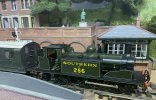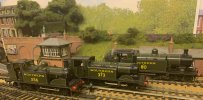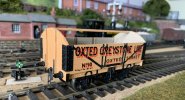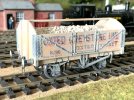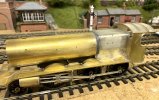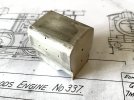The Big Loco's arrive at Stroudley Park
Thanks to Warren Haywood's wonderful painting skill, three new locos have arrived at Stroudley Park.
First up is an old MSC kit of an LBSCR D3 0-4-4 tank loco. I never really planned to have a D3 but recognised a rare kit when I saw one, so I bought it.
Suprisingly, the kit was a joy to build and it was my first attempt at scratch building a chassis, not only that, it is a split chassis, fully compensated and runs like a dream as pick up is on all wheels including the trailing bogie wheels.
Stroudley Park is starting to acquire a real 'Brighton' flavour now but there's more to do now these locos have arrived. There's weathering to complete, additional details and glazing plus a crew.
The same applies to the Class I3 also shown, except the chassis was part built when I bought the kit secondhand. Sadly, the sprung chassis means the I3 will not pull the skin off a rice pudding. I need to buy another chassis and build it compensated!


There's also a Stroudley E1 tank loco, painted black and lined in green. I feel somewhat uncomfortable with the ex-works finish and cannot wait to weather the loco for a more realistic work a day appearance.
That too has a fully comensated spilt chassis and I really think that is the way forward.



 .
. . The repair panel on the top half of the bunker side is made from car headlight repair tape.
. The repair panel on the top half of the bunker side is made from car headlight repair tape.

